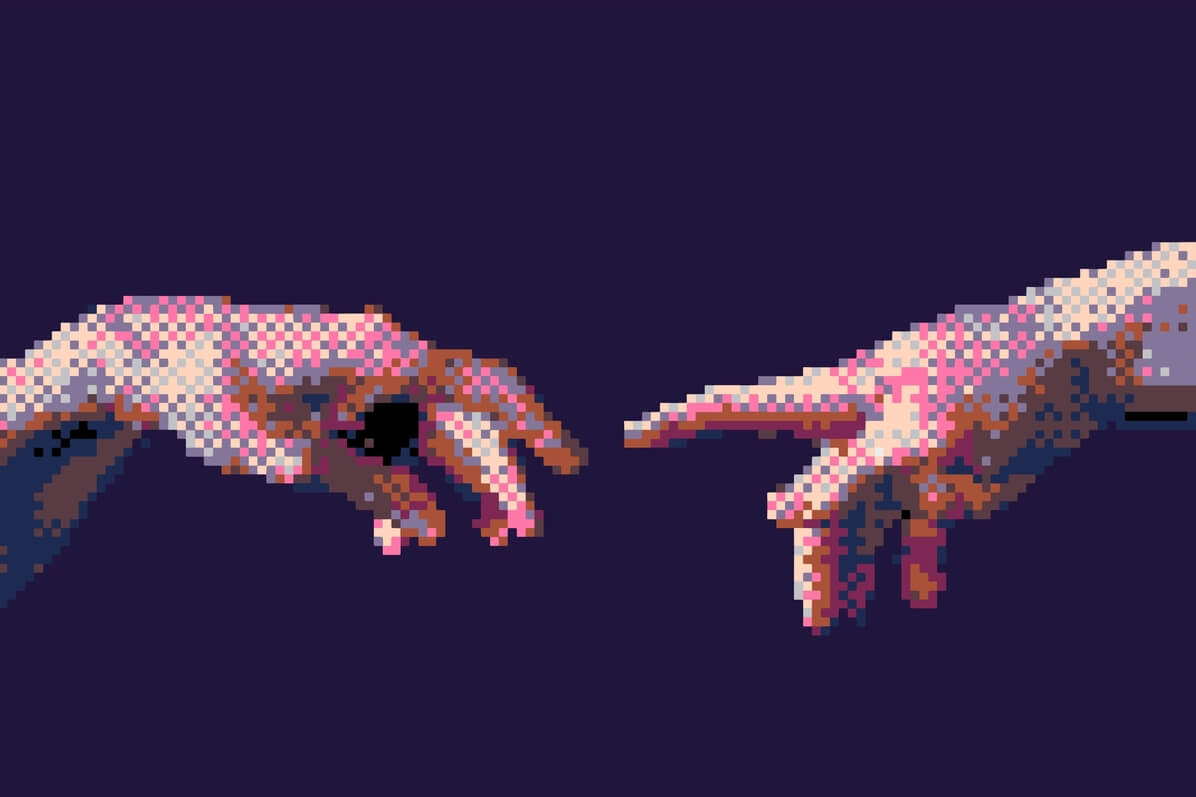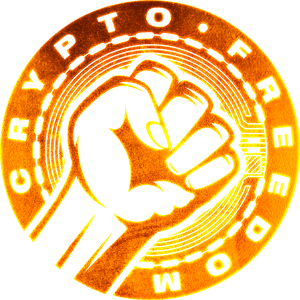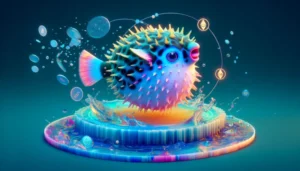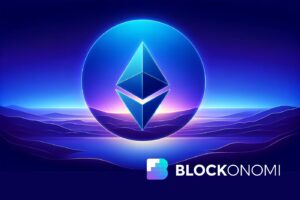6 NFT Use Cases That Will (Probably) Remain After the Hype Dies Down

[ad_1]

After non-fungible tokens (NFTs) exploded in 2021, and images of virtual monkeys and digital punks sold for millions, the onslaught of copycat projects and an influx of self-proclaimed “NFT artists” followed, creating a seemingly unsustainable NFT hype. Combined with rather evident cases of wash trading on numerous NFT platforms, we might witness a bursting of the NFT bubble.
While the NFT hype will probably not last forever, a handful of NFT uses cases will likely survive this hype cycle to establish NFTs as part of the global digital economy.
Read on to learn about six NFT uses cases that could remain after the hype has died down.
In-game items
NFT integration into the gaming industry is a popular use case that will most likely become a part of the future of gaming.
Play-to-earn gaming is booming, even if it’s only a small subset of the massive online gaming market.
NFT in-game items combine aspects of utility and collectibility for players. Also, blockchain technology might help ensure that gamers purchase and trade genuine items and provide accurate transaction records.
Given the amount of money flowing into NFT-powered blockchain games, and how many people are playing the likes of Axie Infinity, it seems that gaming NFTs are poised to stay.
Memorabilia collectibles
The seemingly unstopped digitization of our lives will also likely flow into the memorabilia market, with NFTs providing the ability to prove ownership of digital collectible items.
Why would you need a physical baseball card if you could have a verifiably unique version of the baseball card you hold?
Sorare, a fantasy game of football, has also been successful in creating football player collectible card NFTs that can be used in the platform’s fantasy football play-to-earn game. Moreover, NBA Top Shot has been one of the best-performing NFT brands as basketball fans globally raced to purchase “Moments” of their favorite basketball players.
A recent example of memorabilia NFTs would be Konami’s memorial NFT auction of 14 unique Castlevania artworks. The sale took place in OpenSea and managed to raise over USD 150,000. The highlight of the collection was the sale of a map of Dracula’s Castle from the original Castlevania game for USD 26,000.
It probably won’t take long before the likes of Pokémon and Star Wars jump onto the digital collectibles train, which would arguably cement NFTs into the collectibles market.
Consumer loyalty programs
NFTs are poised to revamp consumer loyalty programs, which have been out of touch with today’s customers.
A study by CFI Group and Radial revealed that close to 40% of shoppers claim that loyalty programs are no longer worth the appeal.
NFTs can improve loyalty programs as they offer customers more than just points for future use. For example, Clinique, a cosmetics brand, offers the chance to win unique digital artworks to its loyalty scheme members, as well as be rewarded with several cosmetic products in one year.
Moreover, Coca-Cola recently auctioned ‘loot boxes’ of NFTs, including digital apparel that can be displayed in the metaverse platform, Decentraland (MANA).
Another benefit of NFT-based consumer loyalty programs is that brands can reduce their system management costs through the use of smart contracts to execute purchase agreements and trace transactions.
Memberships
NFTs provide an excellent vehicle to prove membership in a club, community, or group.
NFTs could be used as digital tickets to gain entry to a brand’s collection of products. Alternatively, an NFT-powered subscription membership could provide access to exclusive items, such as early access to gated offerings and limited edition products.
For instance, VeeFriends is a community-driven NFT platform that houses Gary Vaynerchuk’s NFT collection. By owning a VeeFriend NFT, you get to join the VeeFriends community and use it as an access pass to VeeCon, a multi-day event exclusively for NFT holders.
Community building
Brands and influencers can use NFTs for community-building purposes as they allow fans and followers to feel closer to their idols.
Owning a limited edition NFT of their favorite influencer is something die-hard fans value, especially if the NFT comes with special privileges, such as meet and greets, limited edition merch, or tickets to a live event.
What’s more, brands can drop limited edition NFTs to their most dedicated community members or reward individuals who help them grow their community.
Given that community is becoming an increasingly important part of marketing for brands, we can expect an increase in the usage of NFTs in community-building campaigns.
Digital art
Whether you see the value in it or not, digital art will most likely remain a popular NFT use case.
Digital art existed before NFTs but NFTs made it more democratized and monetizable for artists across the globe.
While the last copy of a copy of a copy of a monkey-themed NFT drop or a pixelated punks are probably not really worth the JPEG they’ve been designed on, skilled artists will likely continue to benefit from a rise in the digitization of the art market, powered by NFT technology.
In light of more and more reputable artists minting their digital artwork as NFTs, it’s unlikely that NFTs will disappear again from the art market.
____
Learn more:- NFT Market Continues to Outperform Crypto Despite Correction – Nansen- NFTs Will Become ‘Critical Pieces’ of Sports Industry – PwC
– Check These Ukraine NFT Projects Against the Russian Invasion
– NFTs in 2022: From Word of the Year to Mainstream Adoption & New Use Cases- NFT Market Cools Down As Ukraine War Pushes Investors Toward Safe-Haven Assets
[ad_2]
Source link









